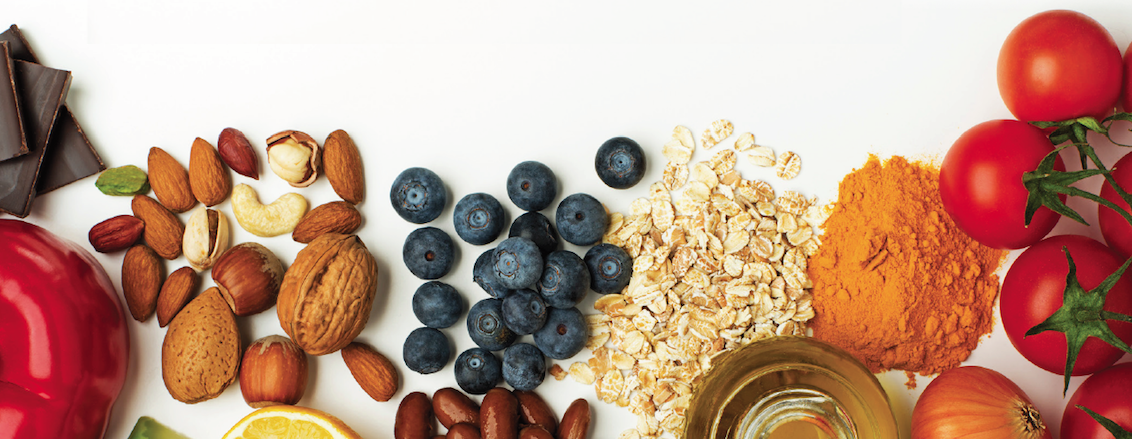Eating right doesn’t have to be complicated. Before you eat, think about what goes on your plate or in your bowl. Choose foods that provide the nutrients you need without too many calories. Build your healthy plate with foods like vegetables, fruits, whole grains, low-fat dairy and lean protein foods. Try these eating right tips.
Eating right for older adults.
Food, nutrition and health tips from the Academy of Nutrition and Dietetics
Make half your plate fruits and vegetables
Eat a variety of vegetables, especially dark green, red and orange vegetables plus beans and peas. Add fruits to meals and snacks.
Make at least half your grains whole
Choose 100% whole-grain breads, cereals, crackers, pasta and brown rice. Also, look for fiber-rich cereals to help stay regular.
Switch to fat-free or low-fat milk, yogurt and cheese
Older adults need more calcium and vitamin D to help keep bones healthy. Include three servings of fat-free or low-fat milk, yogurt or cheese each day.
Vary your protein choices
Eat a variety of foods from the protein food group each week, such as seafood, nuts, and beans and peas, as well as lean meat, poultry and eggs.
Cut back on sodium and empty calories from
solid fats and added sugars
Look out for salt (sodium) in foods you buy. Add spices or herbs to season food without adding salt. Drink water instead of sugary drinks. Select fruit for dessert. Eat sugary desserts less often.
Enjoy your food but eat less
Most older adults need fewer calories than in younger years. Avoid oversized portions. Try using a smaller plate, bowl and glass.
Be physically active your way
Pick activities that you like and start by doing what you can. Every bit adds up and health benefits increase as you spend more time being active.
________
Authored by Academy of Nutrition and Dietetics staff registered dietitian nutritionists.
Sources: U.S. Department of Health and Human Services, ADA Complete Food & Nutrition Guide.
Download Nutritional Tips









